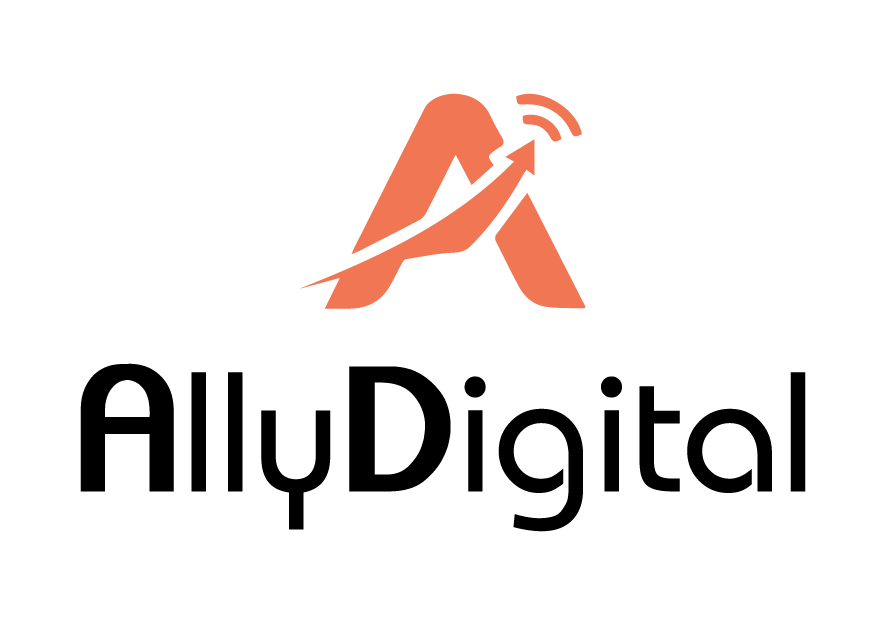How Can You Scale Your Online Business? 10 Proven Strategies
Online store scaling cannot be done by conducting a dump of cash into advertising. The most intelligent growth plans in eCommerce involve product-market fit, diversified acquisition, maximizing conversion rate and high retention programs, and discipline in operations. The following is an actionable or a practical guide that you can implement within this month to boost revenue and at the same time safeguard margins.
1. Begin with the proper groundwork
It is best to have the basics in place before you venture a step further to scale up or growth will be costly and unsustainable.
- Who are you: What is your target customer and what is your unique value? The value proposal must be visible on the product pages and the homepage.
- Test product-market fit: Find repeat purchase rates, high reviews, low returns and rising organic referrals. In case these are poor, then enhance the product or experience first.
- Pricing: Strategically: Strategic bundles, tiered pricing, Free-shipping thresholds are used to grow Average Order Value (AOV). Test anchors of pricing and recurrence subscription of revenue.
2. Acquisition diversification – do not trust one channel
Channel mix safeguards expansion and decreases Customer Acquisition Cost (CAC) in the long term.
Paid media: Use Google (Search & Performance Max) to reach a high intent, Meta to reach a prospecting and retargeting, and TikTok to reach a discovery with creative content. Begin with known audiences and devote 10 per cent- 20 per cent to creative/placement experiments.
One of the owned channels: Focus on email and SMS list-building channels these channels have the highest ROAS in the long-term. Apply exit intent popups, lead magnets and post purchase signups.
Earned channels: Invest in content on SEO that answers those buyer questions, promote social proof through the UGC and reviews, and conduct PR/influencer collaborations with the reach of new audiences.
Budget rule: 70% channels that are proven, 20% optimization promises, 10 experiments.
3. Turn visitors into customers (CRO)
The slight increases in conversion multiply by profitability.
- Speed and UX: Focus on quick loading (LCP less than 2.5s). Resize images, transfer non- vital scripts and adopt a mobile first structure.
- PDP best practices: High-quality lifestyle images, product videos, benefit-based copy, obvious price anchoring, trust badges, and an FAQ with the answer to the return/shipping questions are the best practices in PDP.
- Check out process: Check out and express payment (Apple Pay, Google Pay, Shop Pay). Reduce the number of form fields and display clear shipping schedules and prices.
- Testing and personalization: Use A/B tests on headlines, hero images, and CTAs. Recommendations should be personalized according to behavior and cart contents in order to spur AOV.
Targets: 2-4% companywide conversion rate (industry specific) and cart-abandonment (less than 60%).
4. Retention and making the most out of LTV
It is expensive to get a customer on board – growth is compounded by increasing lifetime value (LTV).
Lifecycle automations: Welcome series: Implement browse abandonment, post-sale upsell, win-back flows, welcome series, and abandoned cart flows.
Loyalty & referrals: Introduce a point-based reward system and a refer a friend program whereby the person advocating makes a referral to their friend earns points.
Subscriptions: With consumables, the company should offer subscribe-and-savings with the ability to pause/skip subscriptions to minimize churn.
After sales experience: Speedy delivery, automatic feedback, co-branded packaging and free returns make customers buy again and post a review.
5. Operational excellence mass without diminishing margins
Efficiency in the back-office saves the hidden costs and maintains the unit economics.
- Inventory forecasting: To integrate past sales, seasonality and promotion plans. Prioritize SKUs that move fast using ABC analysis.
- Fulfillment strategy: Use 3PLs with two-day national coverage; make comparisons with SLA, price and returns management. Provide local delivery where possible.
- Unit economics: Unit contribution margin with discounts, shipping and fulfillment. Unprofitable SKUs are discontinued, winners doubled.
6. Evaluation and comparison
Decisions should be made based on data to avoid spending time on nothing and focusing on the most effective levers.
- Clean analytics: Unify UTM parameters, event names, and channel taxes. Take one dashboard as a source of truth.
- Attribution strategy: High level decisions should be done using blended metrics (e.g., MER) and platform attribution using creative insights. Where feasible, validate using geo-lift or holdout tests.
- Important dashboard indicators: Revenue, AOV, conversion rate, CAC, MER, LTV:CAC, repeat purchase rate and inventory turns.
7. Tech stack choose scaling tools
Select integrations with less manual efforts and automation.
- Storefront: Mobile-first and clean-code fast platform and structured data.
- Marketing: Full-fledged email/SMS system, user generated content/reviews, loyalty program/referral program, and in-store personalization.
- CRO and analytics: A/B test platform, heatmaps, session replay and a central analytics/BI environment.
- Operations: automation of inventory/OMS, returns portal, shipping rate-shopping, and helpdesk.
Quick 30-Day Action Plan
- Week 1: Monitor the speed of the audit site and repair the top 5 UX problems. Introduction of welcome and forsaken cart flows.
- Week 2: Introduce bundling and free-shopping cart. Initiate two A/B tests (PDP and check out).
- Week 3: New acquisition channel (e.g., Tik Tok), publishing an SEO hub page.
- Week 4: Develop a KPI dashboard and conduct a cohort analysis to determine LTV drivers.
Conclusion
Successful eCommerce expansion plans have placed acquisition and conversion with retention and operations based on good unit economics. Always focus on product-market fit, be rigorously measured and highly iterated. Minimal, repeatable wins down the funnel lead to a significant, long-term growth.
Need a custom 90-Day store growth strategy? Please provide: your store URL, existing KPIs (traffic, conversion rate, AOV, CAC, LTV), and monthly ad spend: I will develop a prioritized roadmap, with tests and predicted change.






Leave feedback about this